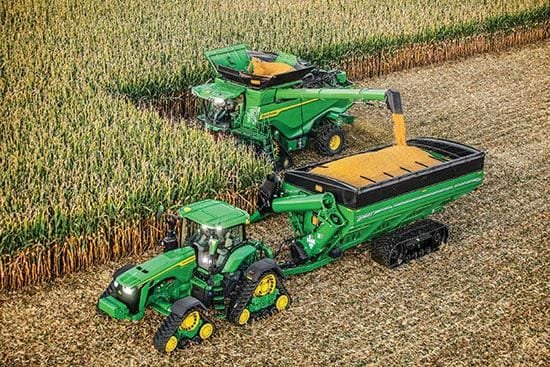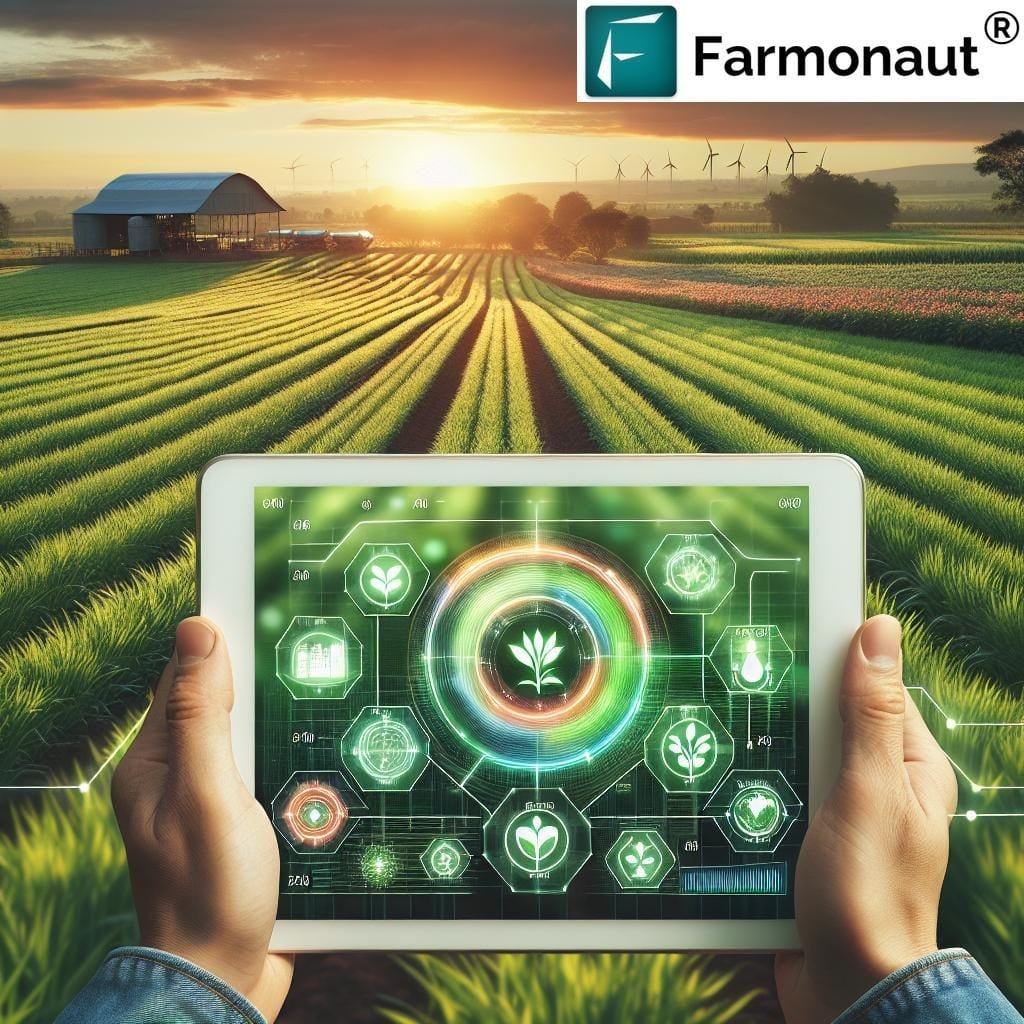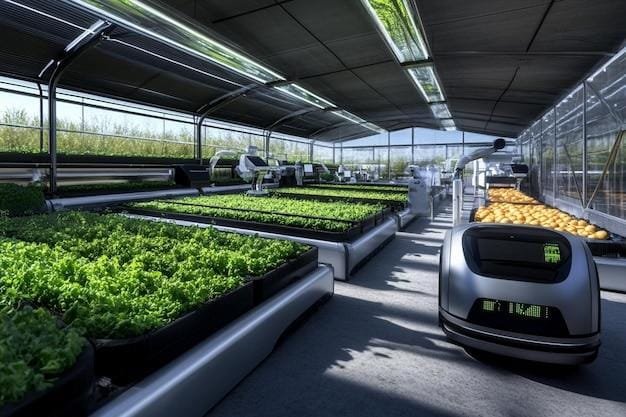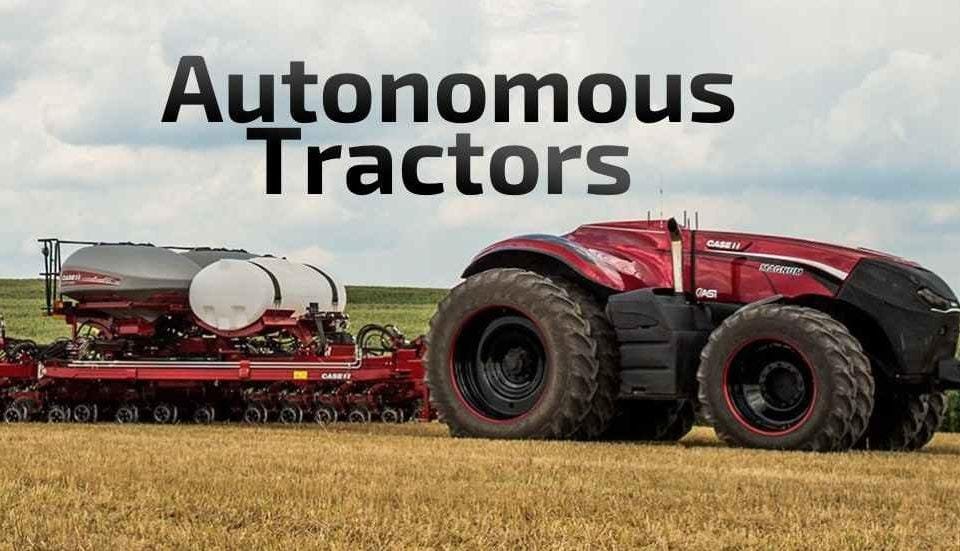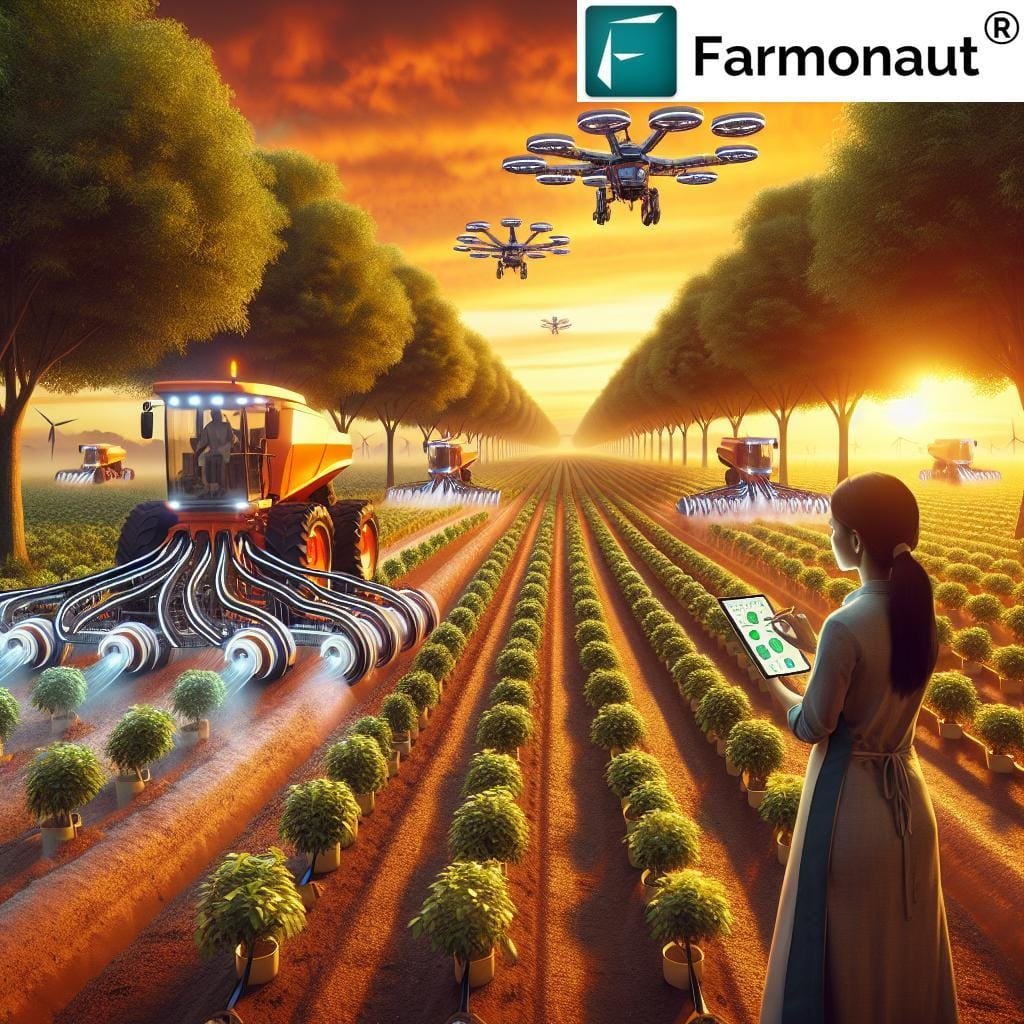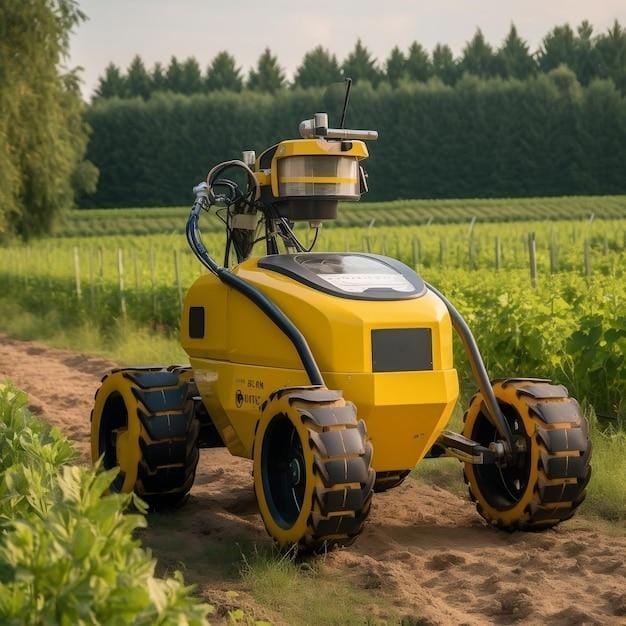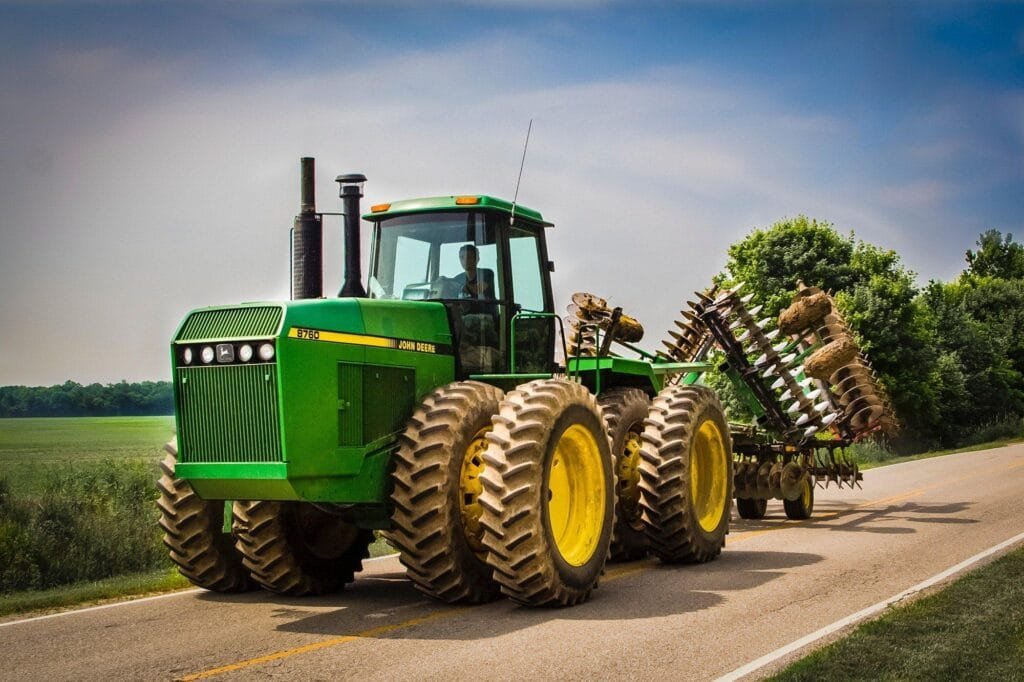Technological strides on the West Coast’s farmlands are crafting a new era for agriculture-one shaped by algorithms, sensors, and almost poetic unpredictability in field outcomes. Standing in an orchard somewhere outside Salinas, a grower might check several dashboards before turning to watch clouds drift oddly eastward. They get more information from soil moisture probes than from the morning news these days.
Innovation feels less like an avalanche and more like salt stirred slowly into water-incremental but transformative. IoT devices (the Internet of Things now crops up in tractor talk as often as rainfall) broadcast live telemetry about leaf temperature or stem stress direct to growers’ phones. The implications? Fields receive water with surgical accuracy; not too little as when drought wind scours over vineyards, nor too much that roots drown invisibly. Uncommon is the day when you’ll overhear someone at the local coffee shop marveling over “actuators” adjusting irrigation valves based on machine learning-derived weather projections. But it happens.
Moving beyond hydration logistics, autonomous machinery swarms through nuts orchards and strawberry fields alike-the labor market showing a swift decline in available hands eager for stoop work during fog-damp mornings. Not all machines replace people; instead they collaborate with supervisors who now analyze yield variance through increasingly arcane data visualizations.
Meanwhile, sharp-eyed readers of recent ag journals could spot partnerships between hardware firms like ARAG and data specialists Fieldin culminating in precision spraying systems tailored for permanent crops-almonds, cherries-on West Coast acreage. The deviation from blanket chemical use isn’t just an environmental consideration: It yields comprehensive compliance records almost retroactively assembling themselves after each spray pass. Macadamia operations from 24-hour Australia have already demonstrated how such solutions uncover calibration quirks that previously slipped unnoticed-a misaligned nozzle brings about extra fungicide where only dew was warranted.
The transformation rides higher than gadgets or code alone can reach. Helicoptering above Monterey County’s spinach rows is the knowledge that $1.9 billion found its way into agrifoodtech investment last year-a sum swirling around AI-powered crop tech startups promising to scan billions of plants faster than jackrabbits bolt for shade. Closer inspection reveals not everything proceeds linearly: While AI detection systems root out invasive weeds via machine vision at Hartnell College demos one month; next month brings “blockchain-based traceability” mapped across lettuce shipments by Farmonaut scientists seeking better outbreak management.
Education reforms try to keep pace; CSU’s multimillion-dollar initiative retrains future farm managers whose jobs less resemble their grandparents’ pastures-with students tasked nowadays with interpreting sensor anomalies rather than memorizing NPK ratios blindfolded. CUDA programming edges closer to necessity than elective skill set.
A subtle logical snag arises here though: For every claim of absolute efficiency wrought by drones or robotics fleets humming along furrows under apples or pears, miscommunication sometimes sneaks into multidisciplinary teams-it turns out not every blockchain application has prevented spoilage yet nor do all predictive irrigation schedules result in richer sugar content come harvest time.
Wandering back home near dusk you might notice organic farmers leveraging machine vision cultivators developed by Stout AgTech-for labor streamlining as well as reduced chemical input. These advances contradict nostalgic tales persistent within ag circles suggesting new isn’t always better (something about rain dances still getting short shrift compared to climate-resilient modeling systems piloted this season).
Salinas itself staged last April what could be described tongue-in-cheek as Silicon Valley Lite-the AgTech Innovation Hub opening doors further west highlights start-ups blending precision farming zealotry with hints of wildcat entrepreneurship lacking twenty years ago. In town squares after hours some will murmur about autonomous vehicles weaving inefficiently between berry patches while others cite examples where those same vehicles nudge sustainability metrics upward just enough for regulators’ tastes.
When reflecting on technological adoption cycles stretching coastward-from Yuba City down to Ventura-the range mirrors California’s own microclimates: patchwork-like implementation guided loosely by both topography and collective whimsy rather than decree or uniform plan. Growers adapt haphazardly sometimes skipping intermediate steps altogether-a strange sequence reminiscent almost of jazz improvisation amid expected symphonies.
So emerges a complex mosaic wherein technological innovation drives farm efficiency-not so much marching lockstep toward perfection but sidestepping steadily into unanticipated terrain alongside innovators whose boots rarely stay muddied long enough for yesterday’s answers ever again quite suffice.


